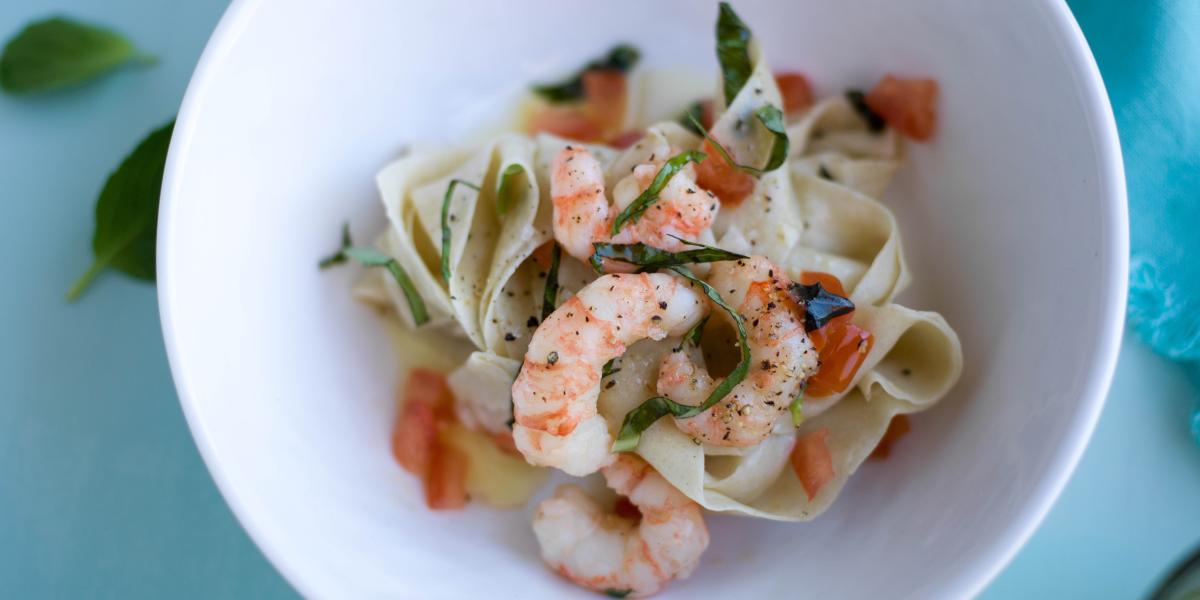

 Credit: Alaska Seafood Marketing Institute
Credit: Alaska Seafood Marketing Institute
7 Reasons to Ask for Alaska Seafood
WILD -- Alaska Seafood is wild-caught! There is no finfish farming allowed in Alaska.* The seafood is harvested in the wild, in the pristine waters off Alaska's rugged 34,000 mile coastline.
NATURAL -- Alaska Seafood is seafood at its natural best. Alaska boasts five species of salmon, shrimp, scallops, crab, and whitefish varieties that include pollock, halibut, Pacific cod, black cod, sole, and rockfish. They mature at a natural pace, swimming freely in the icy cold waters and eating a natural diet of marine organisms.
SUSTAINABLE -- Alaska's Seafood is eco-friendly. Alaska's abundant seafood species are part of healthy, intact ecosystems, and the fisheries are managed for sustainability. Ever since statehood, in 1959, Alaska's fisheries have been managed with the long-term health of the stocks as a top priority. This is mandated by the Constitution of the State of Alaska. Alaska's healthy marine environment and sustainable fisheries management are a model for the world.
FLAVOR -- The superior flavor and texture of Alaska seafood is prized around the world. They get their flavor and flesh color from their natural diet of marine organisms: in the case of salmon, this includes krill and tiny crustaceans. Salmon migrate thousands of miles over the course of their lifetime, and all that exercise in cold water gives the fish a firm texture. Each of the five salmon species -- pink, keta, sockeye, coho, and king -- has its own characteristics of color and flavor.
VERSATILE -- Alaska seafood is easy to prepare. You can grill, poach, bake, sauté, or smoke.
HEALTHY -- Alaska seafood is healthy and nutritious. It is high in protein and low in saturated fat, and a natural source of "good fats" -- heart-healthy omega-3s.
U.S. JOBS for a HEALTHY ECONOMY -- Over half the seafood collected by American fishing families is harvested in the waters off Alaska. Although many of the families fish from small vessels and the seafood is usually processed in small communities, the Alaska seafood industry is a major economic engine: it is Alaska's largest private sector employer, providing work for 54,000 people and worth an estimated $5.8 billion to Alaska in direct and induced economic output.
For more information about wild Alaska seafood, visit Alaska Seafood Marketing Institute.
*Shellfish mariculture is legal in Alaska giving rise to a small oyster industry and fledgling geoduck clam operations. Alaska also has some salmon hatcheries to give juvenile salmon a "jump start." Eggs from local, wild broodstock are fertilized and the salmon spend the first part of their life cycle in the hatchery. Most hatchery fish are released when they are about the size of your smallest finger.
Published with permission by Alaska Seafood Marketing Institute.


